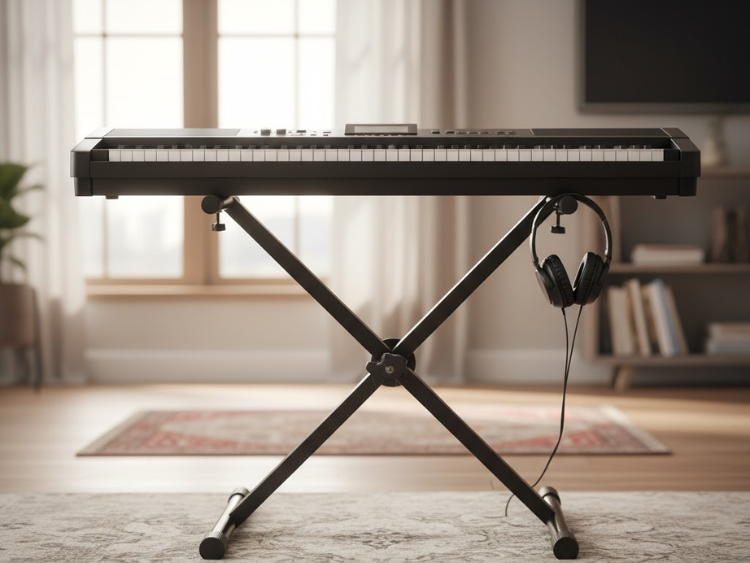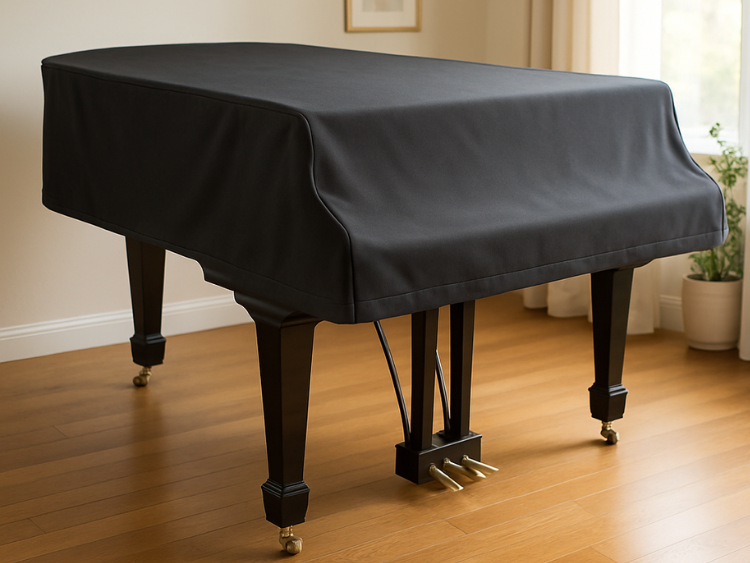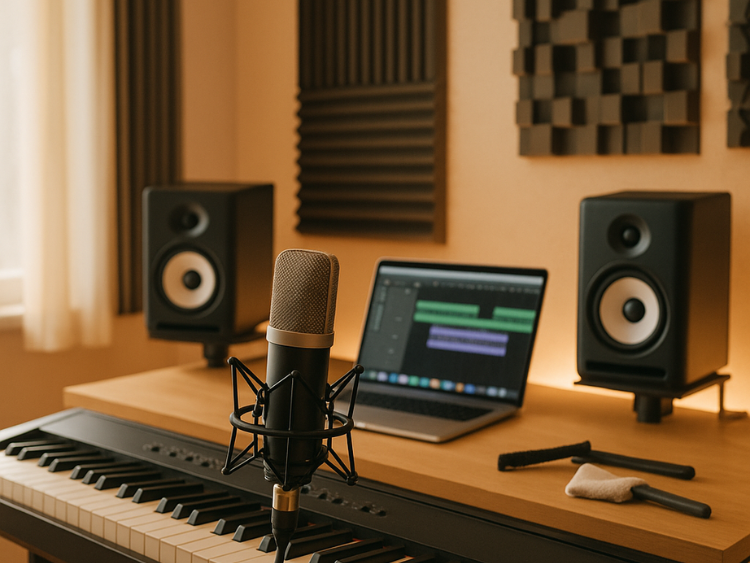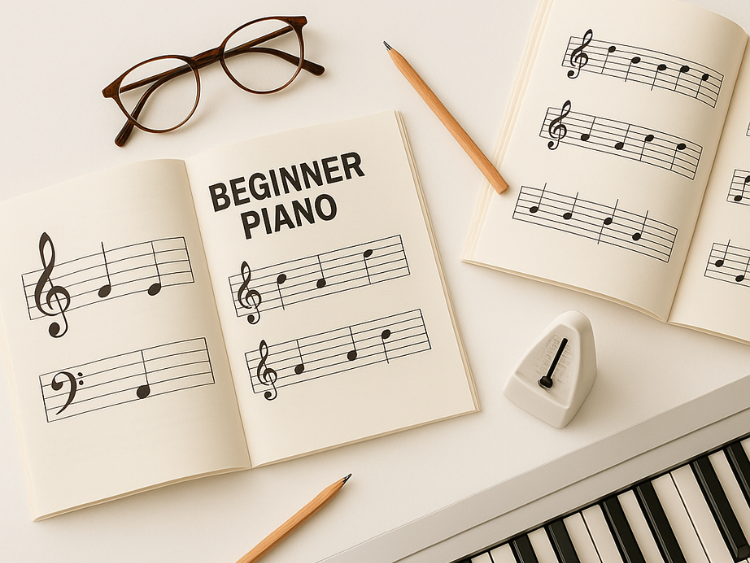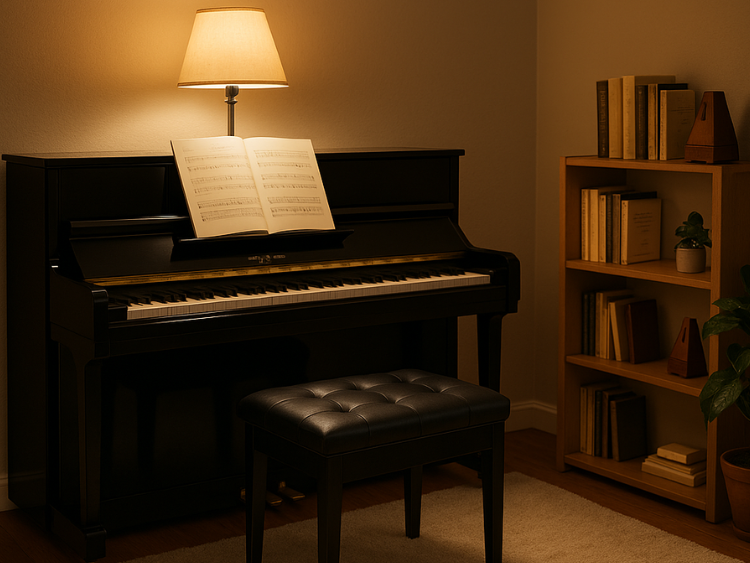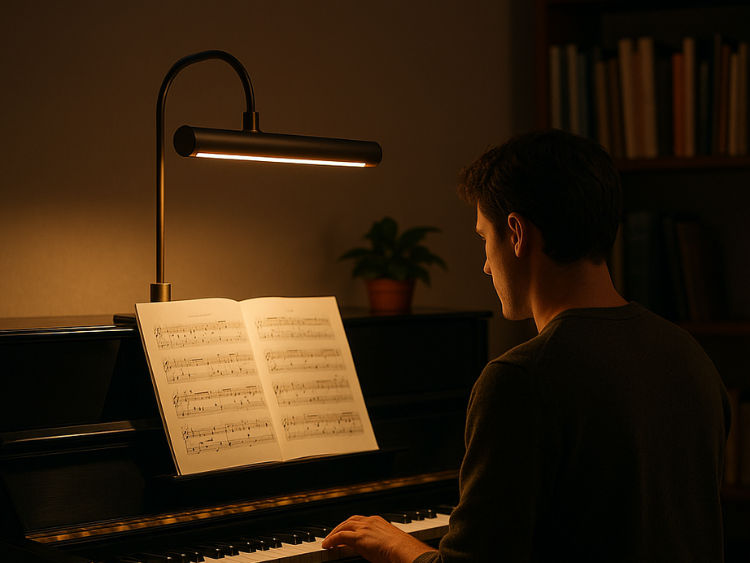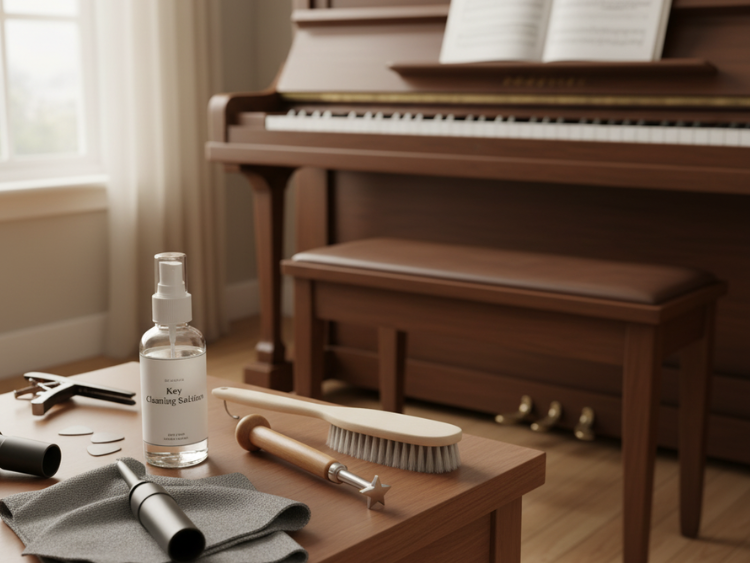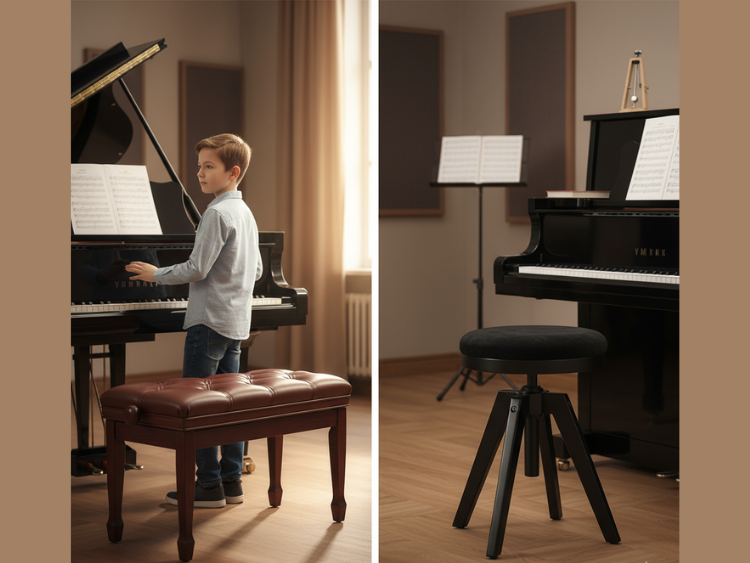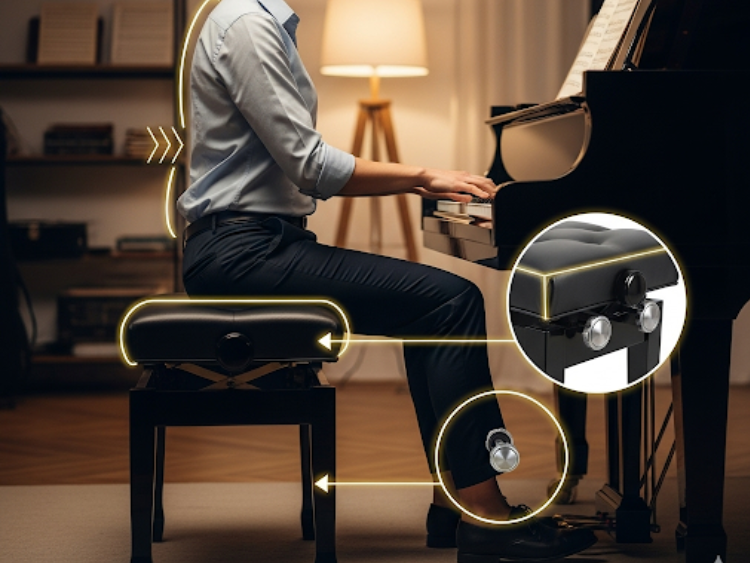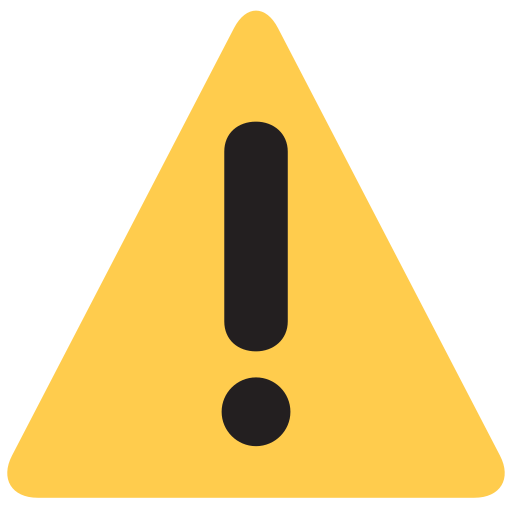Top 10 Piano Pedals to Improve Your Playing Technique
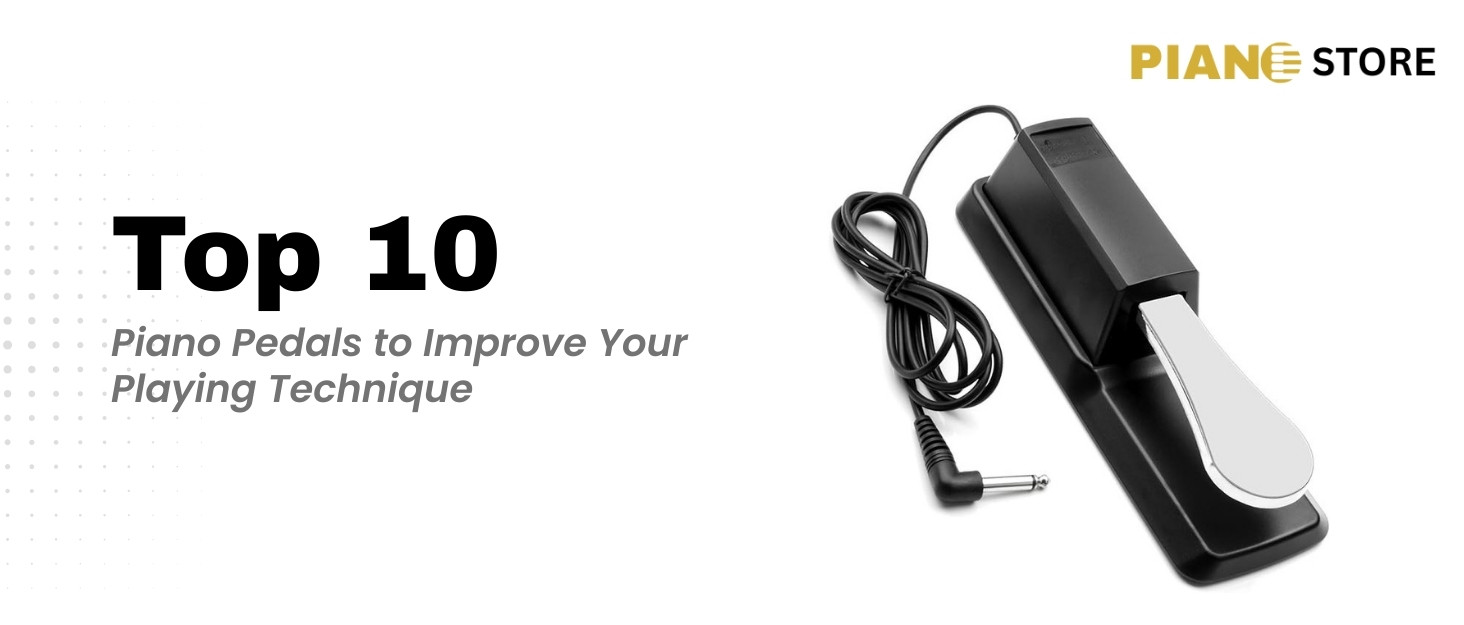
Exploring the world of piano pedals has been recognized as a significant way to enhance playing technique and add expressive depth to performances. With a range of options available, understanding and selecting the best piano pedals is considered essential for pianists of all skill levels. This passive overview highlights the top ten piano pedals, focusing on their features and uses, and why careful selection, guided by a piano pedal buying guide, is often recommended.
Understanding Piano Pedals
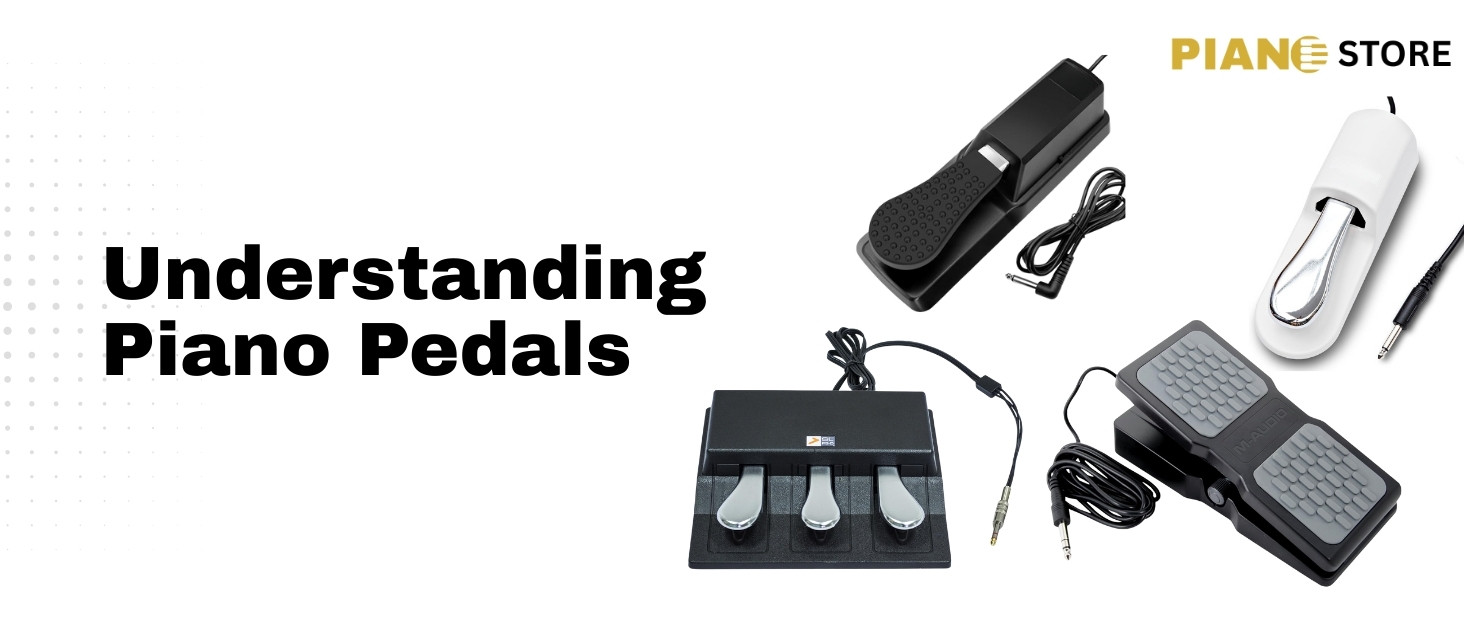
The Role of Piano Pedals in Technique
Piano pedals are known to shape the sound and articulation of piano playing. They allow for nuanced expression, sustain, and dynamic control. In most traditional and digital pianos, three standard pedals are encountered: the piano sustain pedal, soft pedal (una corda), and sostenuto pedal. According to the Encyclopedia Britannica, these pedals play a critical role in expanding the instrument's tonal possibilities and expressive potential.
Top 10 Piano Pedals to Elevate Technique
1. Piano Sustain Pedal
Regarded as an indispensable tool, the piano sustain pedal enables notes to ring out even after the keys are released. This pedal is utilized to create legato passages and atmospheric resonance, regarded as foundational in both classical and modern styles. Selection of a high-quality sustain pedal is commonly emphasized in every piano pedal buying guide. As noted by the Piano Technicians Guild, a well-constructed sustain pedal significantly affects performance quality.
2. Soft (Una Corda) Pedal
Used to soften the sound and alter the tonal color, the soft pedal is especially valued for gentle passages and solo performances. Its effect is more subtle on upright pianos but can be more pronounced in grand pianos, allowing for delicate dynamic control in repertoire.
3. Sostenuto Pedal
Allowing selected notes or chords to sustain while others remain unaffected, the sostenuto pedal is noted for enabling complex layering in advanced compositions. Its use is less common but essential in certain classical pieces. As explained by the Harvard Musical Instrument Collection, the sostenuto pedal’s invention expanded the expressive possibilities for pianists by isolating sustained notes.
4. Expression Pedal (for Digital Pianos)
The expression pedal is often adopted to add volume swells and dynamic control, especially in digital and stage piano setups. This pedal expands the expressive capacity of electronic instruments, making it integral to modern performances.
5. Damper Pedal (Standalone Units)
Standalone damper pedals, compatible with various digital keyboards, are employed to replicate the authentic response of acoustic piano pedals. These pedals aim to provide tactile realism, which is key for expressive playing. According to Sound on Sound Magazine, high-quality standalone damper pedals can significantly improve the playing experience on digital instruments.
6. Half-Damper Pedal
Supporting half-pedaling techniques, the half-damper pedal affords pianists additional subtlety in sustain control, closely mirroring acoustic piano performance. This nuanced control is crucial for refined interpretation and is covered in piano pedagogy literature such as The Piano Book by Larry Fine.
7. Volume Pedal
Commonly found in digital and hybrid piano rigs, volume pedals are implemented for smooth transitions and dynamic shaping, especially useful in live performance contexts. These pedals allow for real-time control of sound intensity.
8. Switch Pedal
Switch pedals, programmable for sostenuto, mute, or even effects triggering, are viewed as versatile tools in both production and performance. Their flexibility supports complex setups used in contemporary music.
9. MIDI Controller Pedal
For advanced digital setups, MIDI controller pedals are often used to trigger sequences, control parameters, or automate effects—all considered beneficial by modern pianists integrating technology. The MIDI Manufacturers Association offers detailed insight into these pedals' role in performance.
10. Multi-Function Pedal Board
Multi-function pedal boards, supporting two or more pedal types (sustain, expression, switch), are recommended for those using complex digital workstations, offering streamlined performance and enhanced control. These systems provide efficiency for demanding live or studio environments.
Piano Pedal Buying Guide: Key Considerations

Factors Influencing the Choice
Compatibility: Preference is given to pedals matching the pianist’s instrument—acoustic, digital, or stage piano. Compatibility details are crucial, especially with digital instruments.
Build Quality: The best piano pedals are selected for sturdy, anti-slip design and reliable performance, ensuring durability and consistency.
Response: Realistic pressure sensitivity and immediate tactile feedback are prioritized, which directly impact expressive control.
Functionality: Pedals with assignable functions and multiple connectivity options are favored in versatile setups, particularly in MIDI and digital configurations.
Budget: Affordability without compromising durability is recommended, supporting accessibility to quality pedals across different price ranges.
For more on selecting the right pedal, comprehensive resources such as MusicRadar's Piano Pedal Buying Guide can be referenced.
Improving Technique with Pedals
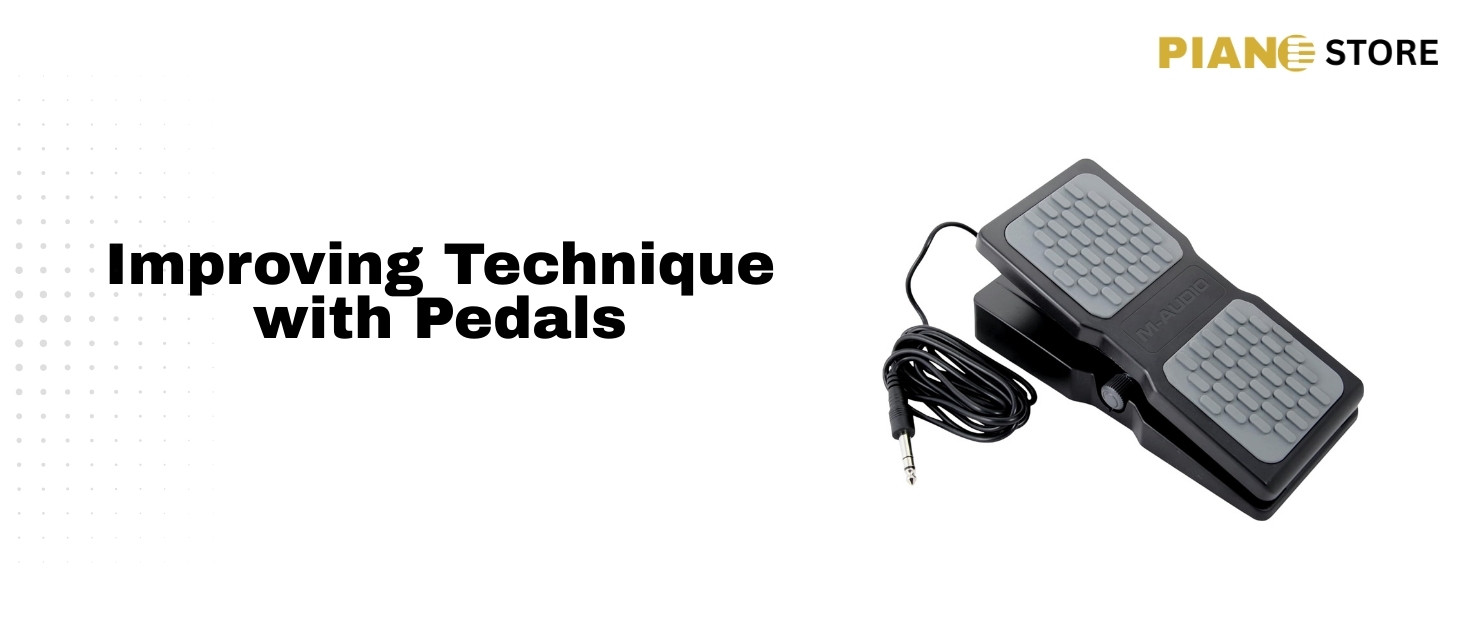
Regular integration of pedals into practice routines is recognized for improving articulation, phrasing, and emotional delivery. Advanced techniques such as half-pedaling and creative layering have often been associated with enhanced musicality and professional sound. Studies in music education emphasize the pedagogical importance of pedal mastery in developing expressiveness, as reported by the Journal of Music Education Research.
Conclusion
In summary, the selection and use of piano pedals, particularly the best piano pedals for personal setup, are widely considered to advance playing technique and broaden expressive capabilities. A careful approach using a piano pedal buying guide—whether searching for the ideal piano sustain pedal or more specialized options—can ensure each pianist unlocks their full artistic potential. Pianists are encouraged to experiment with various pedal types and configurations, fostering continuous improvement in both performance and creativity.
